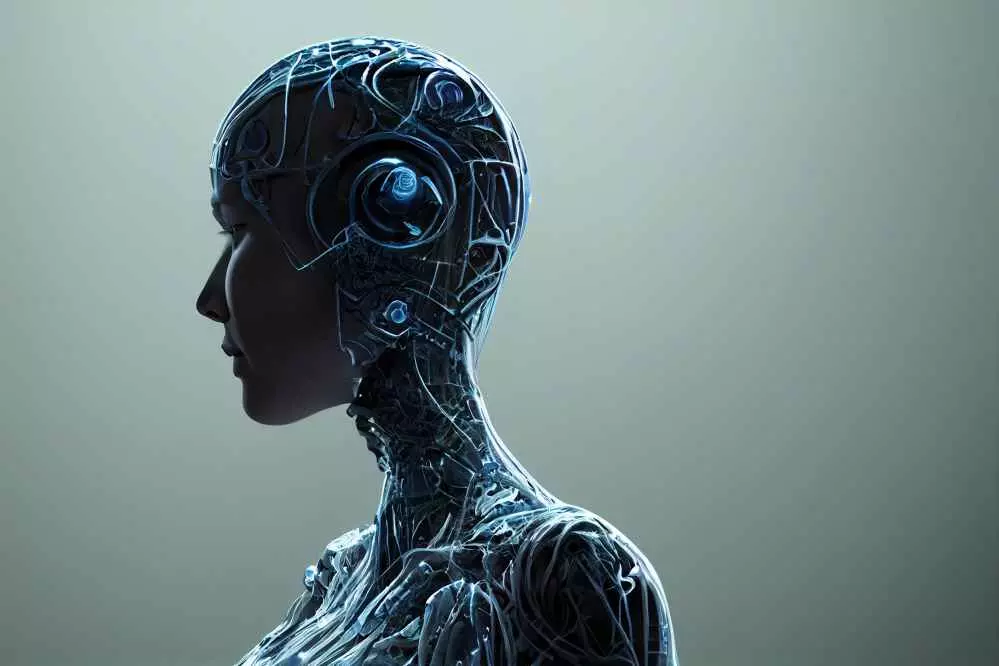Presentation of modern technology use cases in healthcare
Introduction to modern technology in healthcare
Modern technologies are revolutionizing the way medical facilities operate and improving the quality of healthcare. In recent years, we have seen the rapid development of technological solutions that support both doctors and patients in their daily duties and interactions. From telemedicine to artificial intelligence, the possibilities are endless.
Telemedicine - convenience and accessibility
Telemedicine is one of the fastest growing areas in healthcare. Thanks to it, patients can get medical assistance without having to visit health facilities. Online consultations, remote diagnoses and the ability to issue prescriptions without leaving home are just some of its advantages.
In emergency situations such as the COVID-19 pandemic, telemedicine has proven essential to minimize the risk of infection. Many health facilities that previously did not offer online services have quickly adapted to the new reality.
Artificial intelligence in medical diagnostics
Artificial intelligence (AI) has great potential to improve the efficiency of medical diagnostics. Analytical algorithms can quickly process huge amounts of data and identify patterns that may be difficult for the human eye to see. An example is the use of AI in imaging studies such as CT scans and MRIs.

AI-based technologies can support radiologists in interpreting results, leading to faster diagnosis and implementation of appropriate treatment. Examples of the use of AI in diagnostics indicate that response times can be reduced by up to 30%, which is crucial in emergency cases.
Wearable technology - monitoring health on a daily basis
Wearable technology are devices that enable real-time monitoring of health parameters. Smartwatches, fitness bands and other wearable devices can measure heart rate, blood pressure or activity levels. These technologies give patients more control over their health.
Many doctors are encouraging patients to use wearables to better track the progress of their treatment and respond to any abnormalities. Example: people with chronic diseases can monitor their parameters in real time, giving them a better quality of life and greater safety.
Telemonitoring - remote patient care
Telemonitoring is another step in the development of health services. It allows patients' health status to be tracked remotely, which is especially important for those with chronic diseases. With telemonitoring, patients can regularly send data on their health status, allowing doctors to adjust therapies in real time.
This technology can significantly improve patients' quality of life, as well as reduce the number of hospital visits. Thanks to telemonitoring, the elderly and chronically ill gain greater independence while receiving ongoing medical care.
The role of big data in medical decision-making
In the era of digitization of healthcare, big data plays a key role in analyzing and interpreting huge medical data sets. Thanks to advanced data processing algorithms, it is possible to draw meaningful conclusions and predict past and future health trends.
Medical facilities can use big data to better understand patient needs and optimize treatment processes. In addition, the collected data can support scientific research and the development of new drugs, which translates into medical innovation.
Interdisciplinary cooperation as key to success
The use of modern technologies in healthcare requires the cooperation of many specialists. Interdisciplinary teams consisting of doctors, engineers, computer scientists and public health specialists are key to successful implementation of innovative solutions.
Examples such as telemedicine or the use of artificial intelligence in diagnostics show that success is achieved by those facilities that can effectively combine diverse fields of expertise. This collaboration not only speeds up the process of innovation, but also guarantees its effectiveness in clinical practice.
Summary - the future of technology in healthcare
Modern technologies in healthcare have great potential. Telemedicine, artificial intelligence, wearable technology and big data are just some of the areas that are revolutionizing the way we view healthcare. As these technologies continue to evolve, we can talk about a future where patient health comes first and access to care becomes even easier.
The need for new solutions and their further development is not only a challenge, but also an opportunity to improve the quality of life for many people around the world. It is crucial that the medical industry and technology work together to create a framework that will benefit both doctors and patients.
Add comment